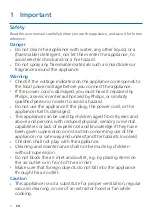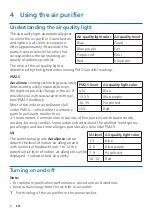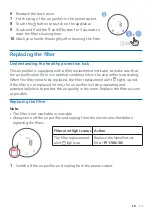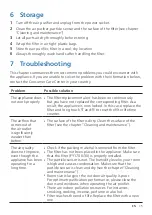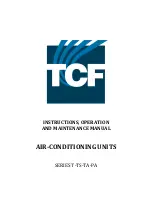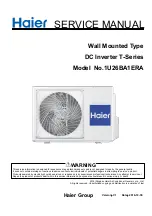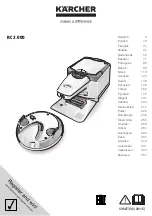
8
EN
4 Using the air purifier
Understanding the air quality light
The air quality light automatically goes
on when the air purifier is switched on,
and lights up all colors in sequence.
After approximately 30 seconds, the
particle sensor selects the color that
corresponds to the surrounding air
quality of airborne particles.
The color of the air quality light is
determined by the highest index among PM2.5 and IAI readings.
PM2.5
AeraSense
sensing technology accurately
detects and quickly responds to even
the slightest particle change in the air. It
provides you with reassurance with real-
time PM2.5 feedback.
Most of the indoor air pollutants fall
under PM2.5 – which refers to airborne
particle pollutants smaller than
2.5 micrometers. Common indoor sources of fine particles are tobacco smoke,
cooking, burning candles. Some airborne bacteria and the smallest mold spores,
pet allergen and dust mite allergen particles also fall under PM2.5.
IAI
The professional-grade
AeraSense
sensor
detects the level of indoor air allergen and
with numerical feedback from 1 to 12 the
potential risk level of indoor air allergens can be
displayed. 1 indicates best air quality.
Turning on and off
Note:
•
For optimum purification performance, close doors and windows.
•
Keep curtains away from the air inlet or air outlet.
1
Put the plug of the air purifier in the power socket.
Air quality light color Air quality level
Blue
Good
Blue-purple
Fair
Purple-red
Poor
Red
Very poor
PM2.5 level
Air quality light color
≤12
Blue
13-35
Blue-purple
36-55
Purple-red
>55
Red
IAI level Air quality light color
1-3
Blue
4-6
Blue-purple
7-9
Purple-red
10-12
Red



